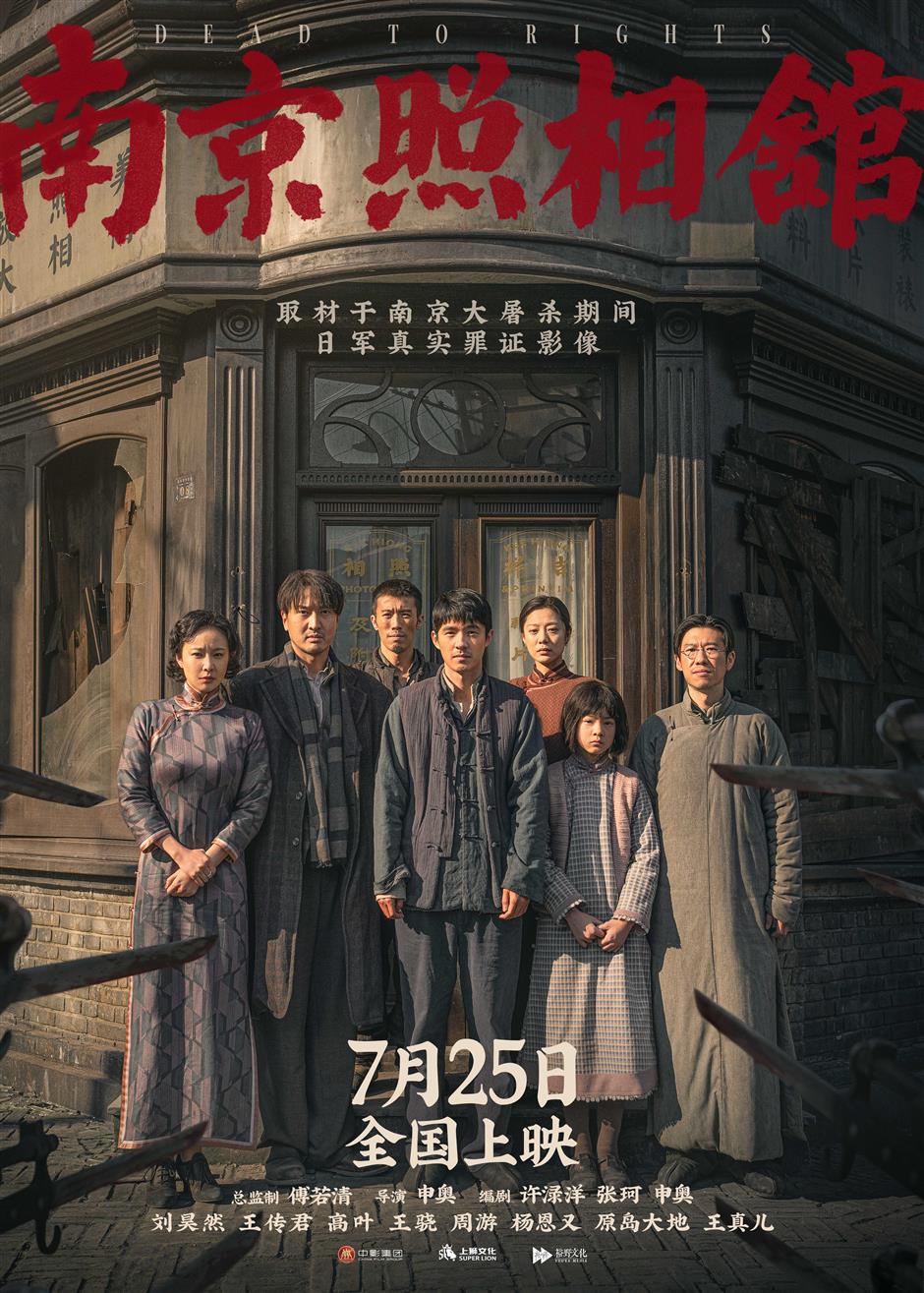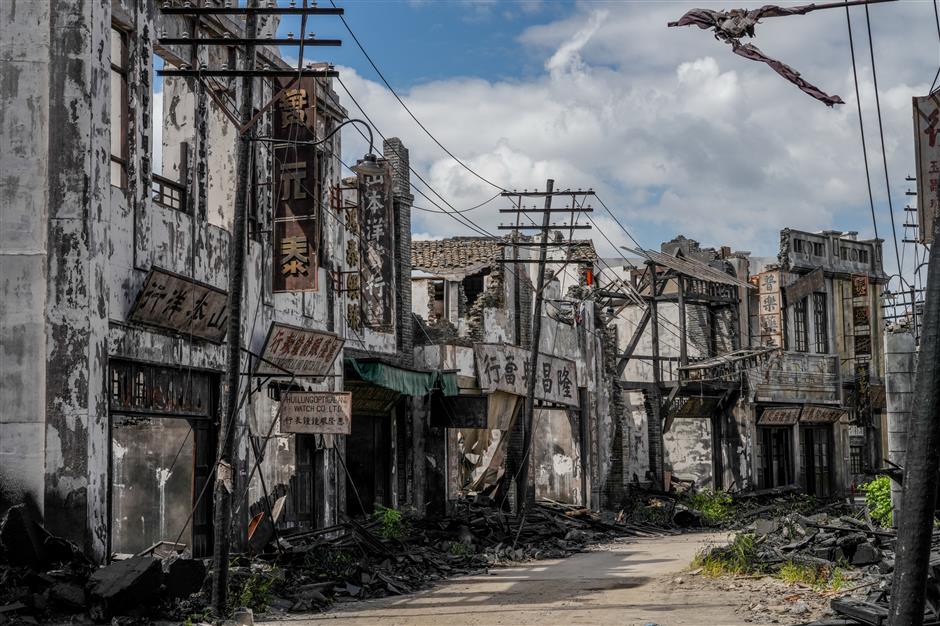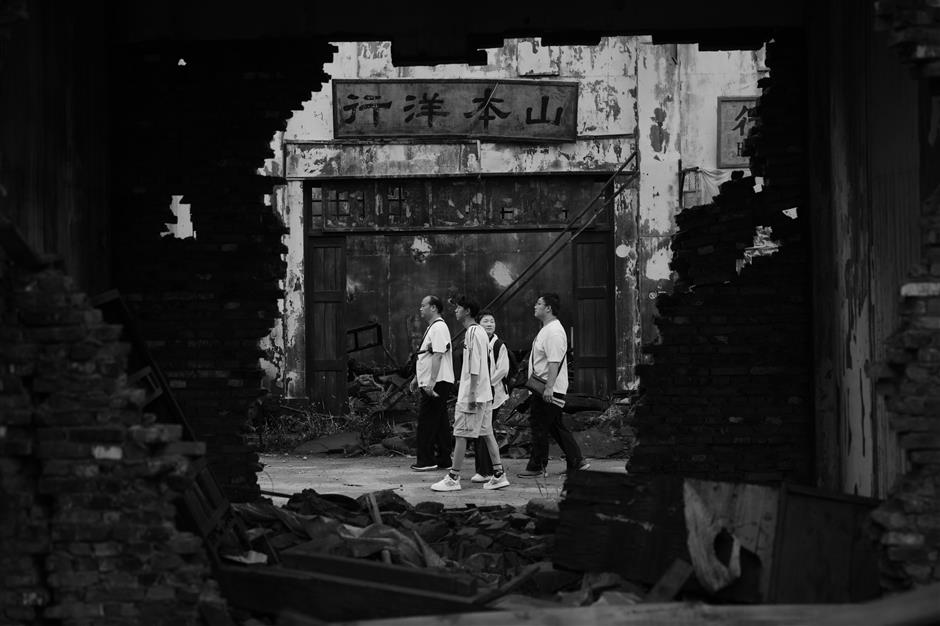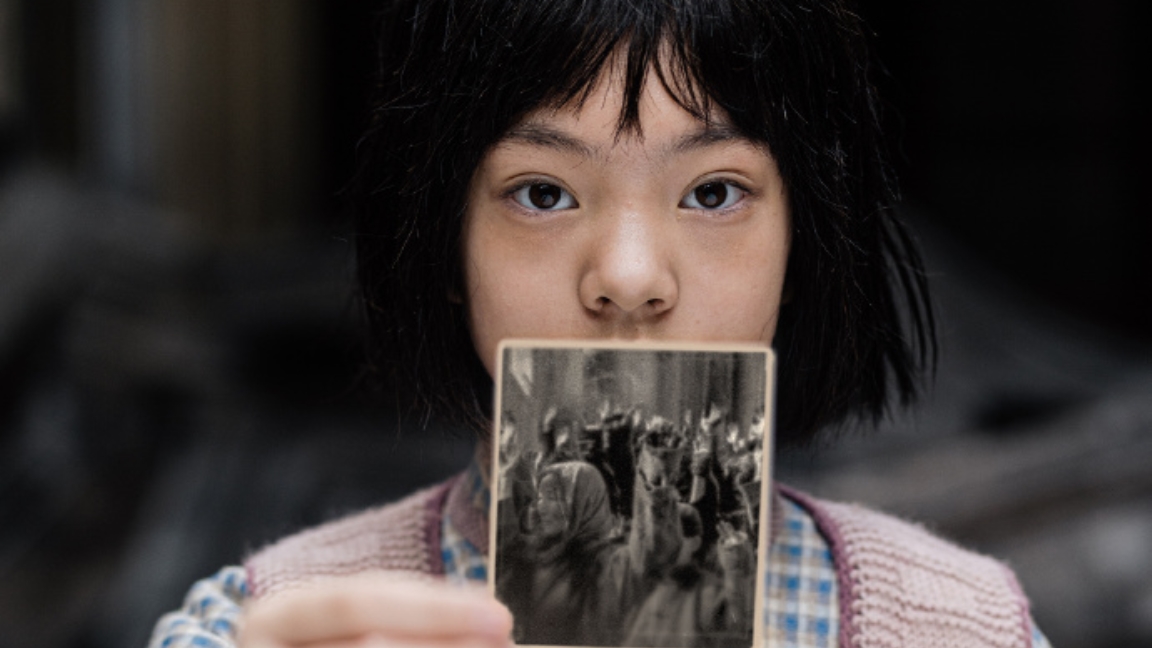

The film has touched many moviegoers since its release on July 25.
Since its release on the Chinese mainland on July 25, director Shen Ao's historical drama "Dead to Rights" has garnered exceptional acclaim. As of today, the film has grossed 479 million yuan (US$66.8 million) at the box office in just four days, while maintaining an impressive 8.6 out of 10 rating from 87,702 reviews on film review platform Douban.
The film draws from authentic photographic evidence of Japanese military atrocities during the Nanjing Massacre in the 1930s, centering on a sanctuary called the Jixiang Photo Studio.
Initially focused on survival, the civilians sheltering there accidentally develop photographic proof of the massacre while processing film for a Japanese military photographer. Confronted with the brutality against their compatriots, they ultimately resolve to preserve the damning negatives.
The film also marks the 80th anniversary of the victory in the Chinese People's War of Resistance Against Japanese Aggression (1931-1945). Rather than focusing only on the war, it adopts the unusual perspective of a photo studio, offering a touching narrative lens through ordinary lives.

(From left) The cast and director of "Dead to Rights," including actor Liu Haoran, director Shen Ao, actress Gao Ye and Yang Enyou.
"We consciously avoided exploiting graphic violence during filming," director Shen Ao said in an interview in Shanghai. "Our aim was to capture those fleeting glimmers of humanity that persist amid warfare."
He said photo studios embody spaces where life's happiest moments crystallize. Yet in wartime, these very spaces become repositories for concealed crimes and truths demanding exposure.
Over the course of six weeks from December 13, 1937, Japanese troops slaughtered about 300,000 Chinese civilians and unarmed soldiers.
Though war narratives often descend into visceral horror, "Dead To Rights" maintains remarkable restraint and minimizes graphic imagery. This deliberate approach has drawn audiences that include families with children into theaters.
"We've witnessed countless parents bringing their children, and octogenarians attending roadshow screenings," said actor Liu Haoran. "Such courage among Chinese moviegoers deeply moves us all."
With the nationwide release of the film, the main filming location at Shanghai Film Park has also opened for visitors to experience a replica of a Nanjing street in that period of time.

The movie's core location at Shanghai Film Park has a replica of a Nanjing street of the time.

Visitors walk through one of the movie's locations at Shanghai Film Park

